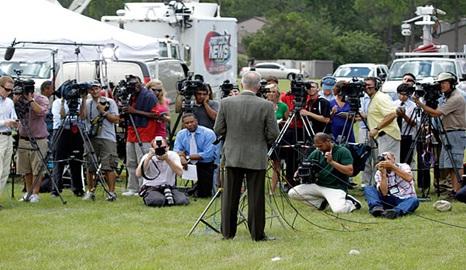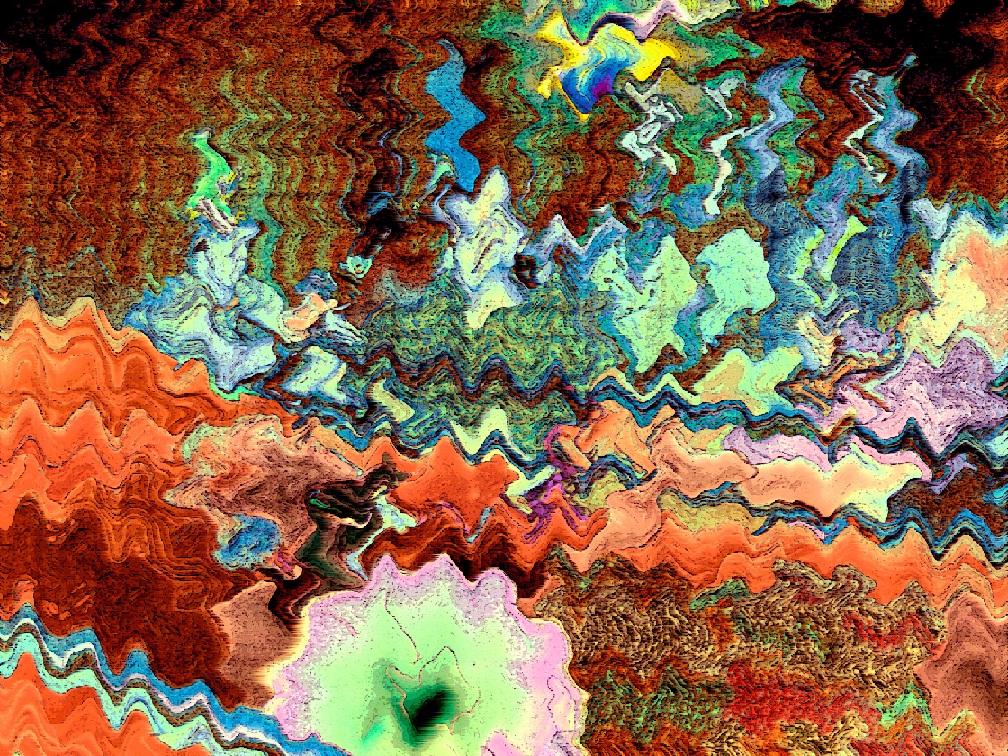“The Nature of the Beast”: The Koran-Burning Controversy as a Media Spectacle in the Age of Globalization
archive

“The Nature of the Beast”: The Koran-Burning Controversy as a Media Spectacle in the Age of Globalization
Globalization has increasingly subverted the sacrosanct ties between culture and place, and underscored the porous nature of traditional borders associated with the nation state. Global media and the Internet have played an unprecedented role in these de-territorialization processes. In this context, particularly in the post 9/11 world, what goes on U.S. television matters a great deal not only to American audiences, but to global viewers. That U.S. television continues to be ignorant of these forces was amply illustrated by its coverage of the Koran-burning controversy in the fall of 2010, and its lack of a rational debate about the place of Islam in American society. Using Guy Debord’s concept of the “spectacle,” this essay analyzes the messages that the U.S. media’s coverage of the Koran burning threat disseminates to citizens around the world (1994).
The most important of those messages is the fact that the Koran-burning controversy highlighted the ambiguous identity and status of Muslim Americans in the U.S. As President Barack Obama finessed his position regarding Muslims’ right, but not their wisdom, to build an Islamic Center and mosque two blocks away from New York City’s Ground Zero, Terry Jones, a Florida pastor, grabbed the news headlines with his renewed threat to burn copies of the Koran on the anniversary of 9/11. The heightened drama reached a crescendo with denunciations of the pastor’s intentions by Obama and members of his administration, including Secretary of State Hillary Clinton, Defense Secretary Robert Gates, and General David Petraeus.

Pastor Terry Jones at a news conference in Gainesville, Fla.,
September 8, 2010. Credit: John Raoux, Associated Press
News coverage of Jones’ Koran burning threat became a media spectacle, which did not lead to any genuinely fruitful debate about the role of Islam in the U.S. Clearly, the media circus was instrumental in hyping up this controversy and persisting through the media’s ensuing self-flagellation and critique. The media circus surrounding the pastor’s Koran-burning threat displays some of the characteristics inherent in media spectacles. Media spectacle and frenzy tend to become regular inhibitors of democratic deliberation, as the coverage of the run up to the war on Iraq revealed.
Furthermore, media spectacles thrive on self-referential, self-aggrandizing, and faux critiques to preserve television news’ credibility and ratings.
How media spectacles operate leaves no room for rational debate. On U.S. cable news, the pastor’s threat quickly became a media spectacle, with cameras awaiting the implementation of his incendiary threat. A day before his ultimatum expired, the pastor announced to the camping media throngs that he would cancel his plan. Jones claimed that he had reached some agreement with the Imam behind the proposed Islamic Center to move the project even farther from the 9/11 site in exchange, shrewdly connecting a different controversy to his cause. The press conference immediately became a breaking news event across the three cable news networks: CNN, MSNBC, and Fox News.
For foreign audiences, the media’s responsibility question is inescapable in this debacle. U.S. media’s indulgence of Jones’ tantalizing threat only fed the public spectacle and frenzy, even while promising not to give more airtime to the incendiary pastor. Fox News Channel [FNC] issued a press release promising not to air any Koran burning footage should the pastor carry through with his on-and-off threat. Michael Clemente, senior vice president at Fox News, explained: “We do not cover every flag burning that happens in this country. We don’t run every hostage tape. If we tried to cover everyone who wants us to stick a camera in front of them, we’d run out of cameras pretty fast each day. But this is really about just using some judgment,” (Michael Clemente qtd. by David Zurawik, 2010). The Associated Press and other news organizations announced similar decisions.
News coverage of Jones’ Koran burning threat became a media spectacle, which did not lead to any genuinely fruitful debate about the role of Islam in the U.S.
Global viewers’ impressions of the U.S. largely stem from these televised images. What they see is a media spectacle that gives voice to acrimony and vilification rather than a public dialogue. They also see a nation struggling with how to deal with its Muslim population in the aftermath of terrorist attacks and a controversial “war on terror.” The media-fueled spectacle of paranoia and hysteria about Islam and Muslims are what dominates the pictures in people’s heads.

FNC’s dismissal of the pastor as a “media creation” could not disguise its blatant attempt to connect the controversy to the raging debate over the proposed Islamic Center near Ground Zero. Despite its unequivocal press release, FNC’s coverage actually validated the pastor’s claims. Many of its hosts and guests promoted the treacherous issue of sensitivity that the two controversies supposedly shared. Fred Barnes, a long time FNC’s contributor and The Weekly Standard’s editor, acquiesced with Sarah Palin’s characterization of both controversies as an “unnecessary provocation,” (Sarah Palin qtd. by Fred Barnes).
One can speculate that the media’s vaunted outrage at the Florida preacher’s “International Burn a Koran Day” threat was due to the preacher’s nakedly media-courting tactics that engendered his on/off planned bonfire. But one can also argue that in the age of the spectacle, the tabloid nature of TV news does not tolerate uncertainty or ambiguity. Television’s ratings game may verge on complicity. As a prevalent cultural logic, these media spectacles continue to promote and popularize a negative image of Islam and Muslims. There is no surprise at a recent Media Tenor analysis’ finding that the “U.S. TV news agenda still isn’t positive on Islam or its adherents, with a rating that is more than 35% negative in September 2010’s preliminary data alone,” (Media Tenor, 2010).
The media-fueled spectacle of paranoia and hysteria about Islam and Muslims are what dominates the pictures in people’s heads.
More significantly, media coverage of the planned Koran burning, like media spectacles in general, did not rise to the occasion of facilitating a national conversation about the status of Islam and Muslims in American society. “Lost in the diversions of entertainment, individuals are becoming less informed and more misinformed by the increasingly tabloidized corporate media,” as Douglas Kellner puts it (2005). A deeper and serious discussion about Islam, however, needs to be had if only to heal the 9/11-seared American psyche. As geography and borders grow increasingly irrelevant, and unable to stop the beaming and flow of these images abroad, it is these television images that dominate perceptions of the U.S. Globally.
“Islam in the U.S.: Controversies Raise Awareness.” Media Tenor. September 10, 2010. http://www.mediatenor.com/newsletters.php?id_news=305.
Clemente, Michael qtd. by David Zurawik. “Fox News Says it will not cover burning of Quran.” Baltimore Sun Critic David Zurawik writes about the business, culture and craziness of television. The Baltimore Sun. weblogs.baltimoresun.com/entertainment/zontv/2010/09/fox_news_will_not_cover_burnin.html.
Debord, Guy. 1994. The Society of the Spectacle, transl. D. Nicholson-Smith. New York: Zone Books.
Kellner, Douglas. 2005. Media Spectacle and the Crisis of Democracy: Terrorism, War, and Election Battles. Boulder: Paradigm Publishers.
Palin, Sarah qtd. by Fred Barnes. “Right wing compares book burning to building a community center.” Media Matters for America. http://mediamatters.org/research/201009080040.



